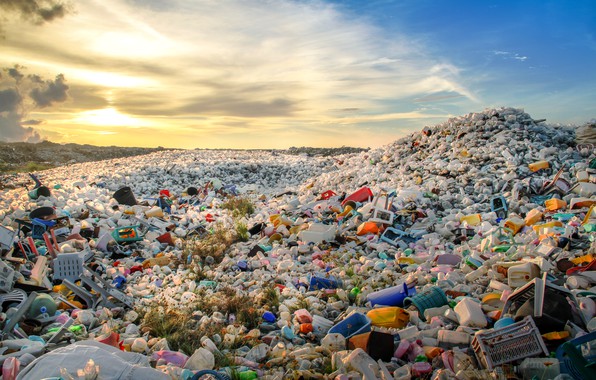Ohio-Plastic is a very useful product. It is used to make computers, cell phones, and many more products that make life easier. However, single-use plastic is suffocating some of our natural resources. The ocean is full of discarded single-use plastic products such as forks, spoons, plastic bags, and my newfound concern, “the plastic straw”.
The earliest use of the straw has been dated back to 3000 B.C. as it was used by the Sumerians of Mesopotamia. The straws were used to drink beer from large vats, which were too heavy to lift and pass around, so the drinkers would sit on the floor and drink through these long straws. Much later, in 1888 A.D., a fellow by the name of Marvin Stone, an American inventor, filed the first patent for the drinking straw. It was made of manila paper. Mr. Stone’s idea was born when he spiraled a strip of paper around a pencil. Before the paper straw, people were using rye grass for a straw, but this would leave a grassy flavor in beverages; thus, the motivation for Mr. Stone’s patent. In the 1960s, plastic was used to replace the paper made straws, and the single use plastic straw was born. Plastic was the Rave, Krazy straws and Jumbo straws made their appearance. Plastic was fun and convenient, but….
Before I get to the curse of this topic, I want to share with you the shocking news that 500 million plastic straws are used per day in the United States alone. 500 million, could this be right? I started thinking about our little spot on this plant and all the restaurants up and down Maple Avenue and how many straws are handed out with each drink. My answer is, yes, this number is probably even higher.
At first, I thought what could one little plastic straw do to upset the environment? Well let me tell you. The plastic straw is the most common single-use plastic product and is most prone to end up in the ocean. Plastic is not biodegradable and cannot be broken down by bacteria. The plastic straw is too small to be recycled. However, plastic does break down into smaller particles, which release chemicals into soil, air, and water. This is harmful to all living creatures and yes that includes humans.
Since a large portion of plastic straws end up in the ocean, this has created a threat to marine wildlife, specifically the sea turtles. Just recently, my ten-year-old granddaughter, who is very smart by the way, was using a metal straw. She explained to me that she was saving the sea turtles by using this straw. She said that she learned how the sea turtles were ingesting the plastic particles and this was killing them. My first thought was “bless your heart, can this really make a difference?”. This is where the value of my job today comes into play. Yes, this does make a difference. Working together can make a change. If each of us would think about where the trash goes when it leaves our hands and what we can do to keep it out of the ocean the number 500 million used could drastically be reduced. I am not telling you to stop using plastic products. I just want to encourage you to think before you drink through that plastic straw and what you can do to make a change. There are many alternatives to help you reduce and eliminate single use plastic, this includes straws, from your day-to-day activities. I am going to join my granddaughter and start using reusable straws. I am sure she will be proud of me and happy she made a difference.
Our annual berry plant sale is going on now through April, 26th. | Order Online Today! • Our annual fish sale is going on now through April, 26th. Pickup day is May 7th. | Order Online Today! • We will be on Live At Noon on Monday, April 29, 2024 with NRCS.
